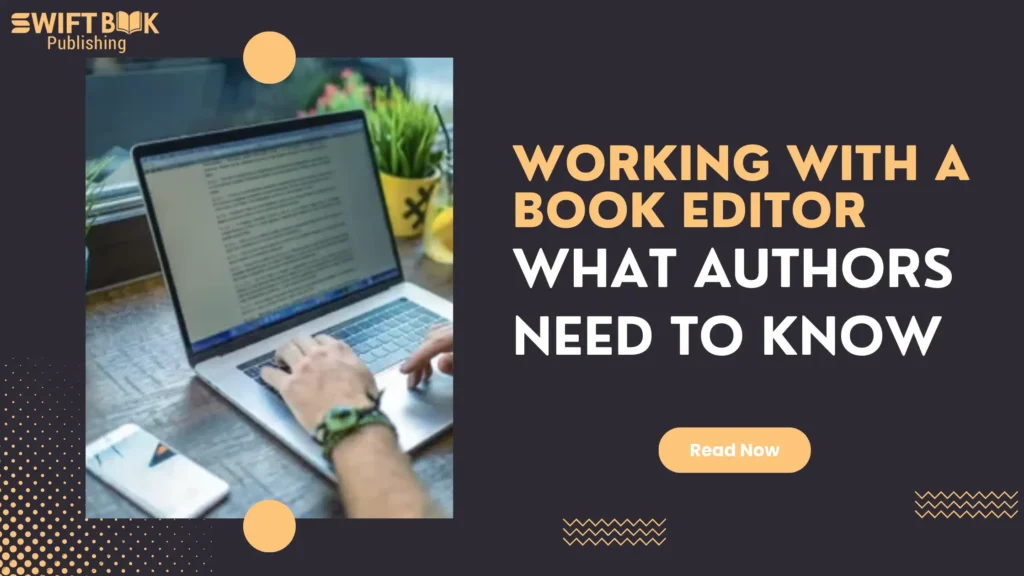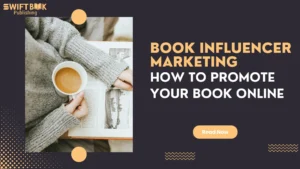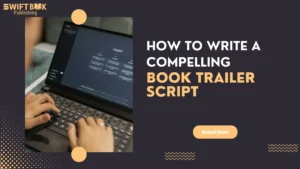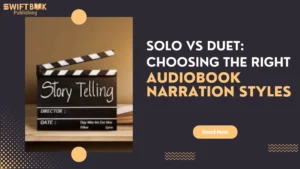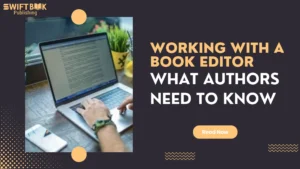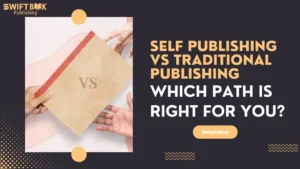So you’ve finished your draft, congrats! That’s a big deal. But before you hit “publish,” there’s one more person who needs to see it: your editor. If you’re serious about giving your book the best shot, working with a book editor is essential.
But if this is your first time teaming up with a professional, the process might feel a bit mysterious. What actually happens after you hand over your manuscript? How much back-and-forth is involved? And how do you make sure the final product still sounds like you?
This guide walks you through the full editing journey, from the first message to the final file, and why it’s worth every bit of effort.
Step 1: The Consultation
Everything starts with a conversation. Most editors (or book editing services) offer a free or low-cost consultation to review your goals, writing style, and where your manuscript currently stands.
This is your chance to ask questions:
- What kind of editing do I need? (line editing vs copy editing)
- Will you keep my voice intact?
- How long will the process take?
A good editor will want to know your genre, publishing plans (e.g., self-publishing vs traditional publishing), and audience expectations. They may also ask about your marketing goals so that the tone fits everything from your author bio writing to your book trailer script down the line.
Step 2: Manuscript Submission
Once you’ve agreed to work together, you’ll send over your full manuscript, ideally in a clean Word doc or something editable. Depending on what was discussed, the editor might focus on structural changes, sentence polish, or technical corrections.
If you’re writing a memoir, you may also get asked about things like image permissions, ISBNs, and barcodes for books, or even suggestions for audiobook narration styles if you’re planning to go multi-format. For non-fiction, expect some discussions around fact-checking non-fiction books or reorganising chapters to improve clarity.
Step 3: The First Round of Edits
Here’s where the real work begins. Your editor will review your manuscript and mark changes using track changes or inline comments.
Expect feedback on:
- Pacing
- Clarity
- Dialogue authenticity
- Grammar and spelling
- Repetitive or awkward phrasing
- Genre-specific expectations (book formats for genres play a role here)
The key is that editing isn’t just fixing errors. It’s about making your story stronger, smoother, and more readable.
Some book editing services (like Swift Book Publishing, for example) offer unlimited revisions, which means you’re not stuck with changes you don’t agree with. You’re encouraged to collaborate until the manuscript feels right.
Step 4: Your Review and Feedback
Once the edits are in your hands, it’s your turn. Go through everything, line by line. Accept changes that make sense, question ones you’re unsure about, and reject anything that doesn’t fit your vision.
This step is collaborative. Editors want to hear your thoughts. If you’re writing a children’s book and working with illustrators, for example, you might want to collaborate with children’s book illustrators during revisions to make sure the narrative matches the artwork.
Don’t forget: the editor is here to help, not take over. With honest feedback and good communication, the final version will be better than anything you could’ve done solo.
Step 5: Final Delivery
Once all the rounds of edits are complete and everyone’s happy, the editor will deliver the final manuscript. This version is polished, publication-ready, and often formatted for upload, whether you’re going to Swift KDP, IngramSpark, or traditional submission.
You might also get advice on next steps, like how to handle ebook cover design vs print cover, how to write stronger descriptions using book metadata, or when to launch your book influencer marketing campaign.
If you’re planning on repurposing book content into a blog, podcast, or social posts, this is a great time to ask about how to keep your messaging consistent.
Why Professional Editors Matter
You can’t do everything yourself. A professional editor brings fresh eyes, deep knowledge, and an honest critique. They help you fix the problems you didn’t even realise were there.
More than that, they understand the publishing world. They know what works in your genre, what readers expect, and how to position your book for success. It’s not just about catching mistakes. It’s about helping your book compete.
They also help save you time. When you’re building your author platform or planning your audiobook narration styles, the last thing you want is to be stuck fixing commas.
The Benefits of Unlimited Revisions
Unlimited revisions may sound like overkill, but they’re a game-changer, especially for first-time authors. They give you peace of mind. You won’t be rushed into accepting edits you’re unsure about, and you won’t feel like you only get “one shot” at feedback.
Whether you’re reworking a chapter that isn’t landing or tweaking your tone to fit a specific reader demographic, unlimited rounds mean you and your editor can take your time getting it right.
This also supports long-term goals, like author platform building or adapting your book into other formats down the road.
What Authors Say After the Edit
Most writers walk away from the editing process surprised, not just by how much stronger their book becomes, but how much they learn about their own writing.
From formatting tips to understanding where their storytelling weak spots are, working with a book editor often turns into one of the most valuable parts of the publishing journey.
Conclusion
If you’re aiming for a book that actually gets read and enjoyed, you need more than a spellcheck. You need someone who knows what they’re doing, who respects your voice, and who’s not afraid to tell you the truth when your manuscript needs a bit of a shake-up.
Working with a book editor means bringing in a partner. Someone who helps make your book the best version it can be. From the first consultation to the final file, it’s a process that sharpens your story, clears up confusion, and sets you up for real success.
Still figuring out the other pieces of the publishing puzzle? You might also want to read up on book formats for genres to make sure your story lands exactly how it should.
